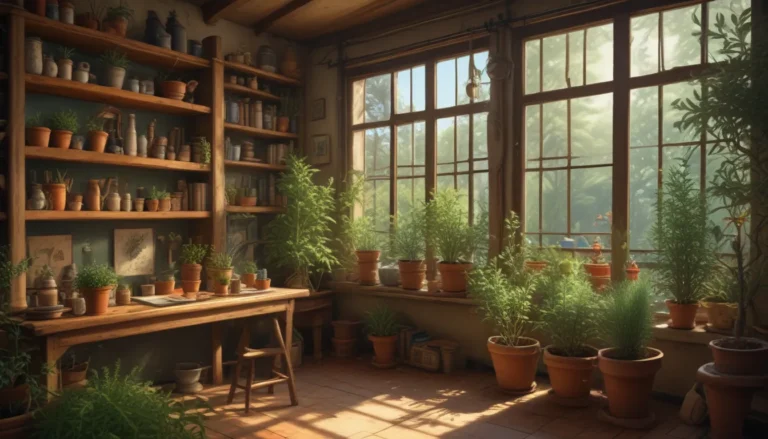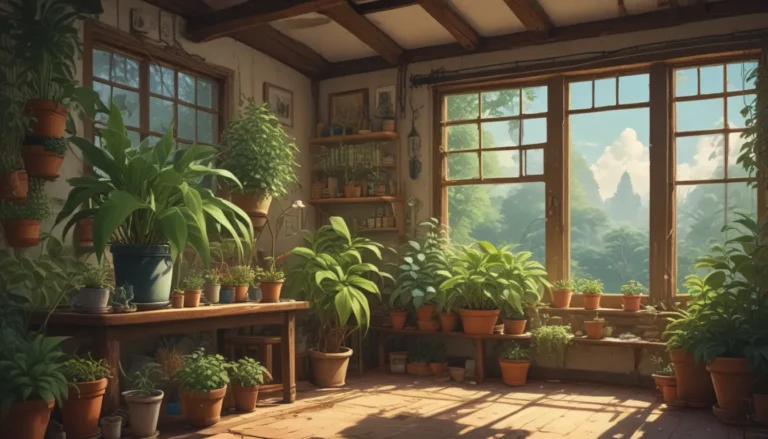A Comprehensive Guide: When and How to Divide African Violets

African violets, also known as Streptocarpus subg. Streptocarpella sect. Saintpaulia, are tender herbaceous perennials native to eastern Africa. They are well-suited for outdoor cultivation in USDA Hardiness Zones 11 and 12, as well as for indoor growth as houseplants.
These charming plants feature thick, velvety foliage in various shades of green or variegated patterns. They produce frilly, single or double blossoms in a wide range of colors such as blue, orange, pink, purple, red, white, or bi- and multicolor combinations. African violets come in different shapes and sizes, from compact rosette-style varieties to trailing types with loose, cascading growth habits.
In this detailed guide, we will explore the process of dividing African violets, covering topics such as the reasons behind division, how to separate offsets, potting up, and ongoing care tips for these delightful plants.
Why Divide African Violets?
Dividing African violets is a beneficial practice for several reasons:
-
Keeping the Parent Plant Healthy: When an African violet produces offsets, the parent plant’s nutrients can be shared with the new growth, causing competition for resources. By dividing and potting up the offsets separately, the parent plant can receive all the necessary nutrients without interference.
-
Propagation: African violets are typically hybrids, making them difficult to reproduce accurately from seed. Dividing offsets is a reliable and budget-friendly method to propagate new plants with identical traits to the parent.
-
Reduction of Size: Over time, African violets may become overgrown, rootbound, and require more space. Dividing the plant and removing excess offsets helps maintain an optimal size for proper care and feeding.
-
Restoration of Visual Appeal: Multiple offsets can alter the plant’s appearance, leading to a loss of the compact, visually appealing form of a single rosette. Dividing offsets helps restore the plant to its original visual charm.
How to Separate Offsets
To divide African violets successfully, it’s essential to wait until the offsets have developed their own roots, typically around three to four months of age. Follow these steps to separate the offsets:
-
Unpotting: Water the plant a few days before division to moisten the soil. Loosen the soil by gently sliding a rounded knife around the edge of the pot and carefully remove the plant.
-
Root Examination: Check for evidence of roots on the offsets. Ideally, the division should have roots attached to the green stems and foliage. If roots are absent, consider using rooting hormone to aid in propagation.
-
Separation: Use sanitized scissors to carefully sever the roots connecting the offset to the parent plant. Ensure that the young roots remain intact during the separation process.
-
Potting Up: Plant the offsets in a three-inch pot filled with light African violet potting soil. Create a shallow depression in the soil, position the rooted crown, backfill, and tamp lightly to secure the plant in an upright position.
Going Forward
After dividing and potting up African violets, it’s essential to provide proper care and maintenance to ensure their healthy growth. Here are some key tips to follow:
-
Light: Place the pot in a bright, indirect sunlight location near a south- or east-facing window. Avoid direct sunlight that may damage the foliage.
-
Humidity: Maintain a room temperature of 65 to 80°F with approximately 80% humidity. Increase humidity levels by placing the pot on a tray filled with water and stones.
-
Watering: Water the plant when the potting soil is completely dry. Consider bottom-watering by setting the pot in a pan of water for about 20 minutes.
-
Fertilization: Establish a monthly fertilization routine with a diluted liquid plant food. Monitor for common pests and fungal diseases, addressing them promptly with appropriate treatments.
-
Repotting: African violets benefit from annual repotting in fresh soil to prevent fertilizer salt buildup. Choose shallow pots that match the root system’s size and avoid deep containers that retain excess moisture.
By following these care guidelines, you can help your African violets thrive and maintain their visual appeal over time.
Conclusion
Dividing African violets is a rewarding process that promotes plant health, propagation, size management, and visual aesthetics. By learning how to divide and care for these charming plants, you can enjoy their beauty and elegance for years to come.
Do you grow African violets and regularly practice division? Share your experiences in the comments below!
If you’re passionate about houseplants and wish to delve deeper into African violet care, consider exploring the following resources:
- Reasons and Fixes for Long Necks and Leggy African Violets
- How to Propagate African Violets from Leaf Cuttings
- Houseplant Propagation for Beginners
Thank you for reading and happy gardening!
Incorporate this comprehensive guide to dividing African violets into your plant care routine to support their health, propagation, and visual appeal. By following the steps outlined above, you can ensure the optimal growth and longevity of these delightful plants.





